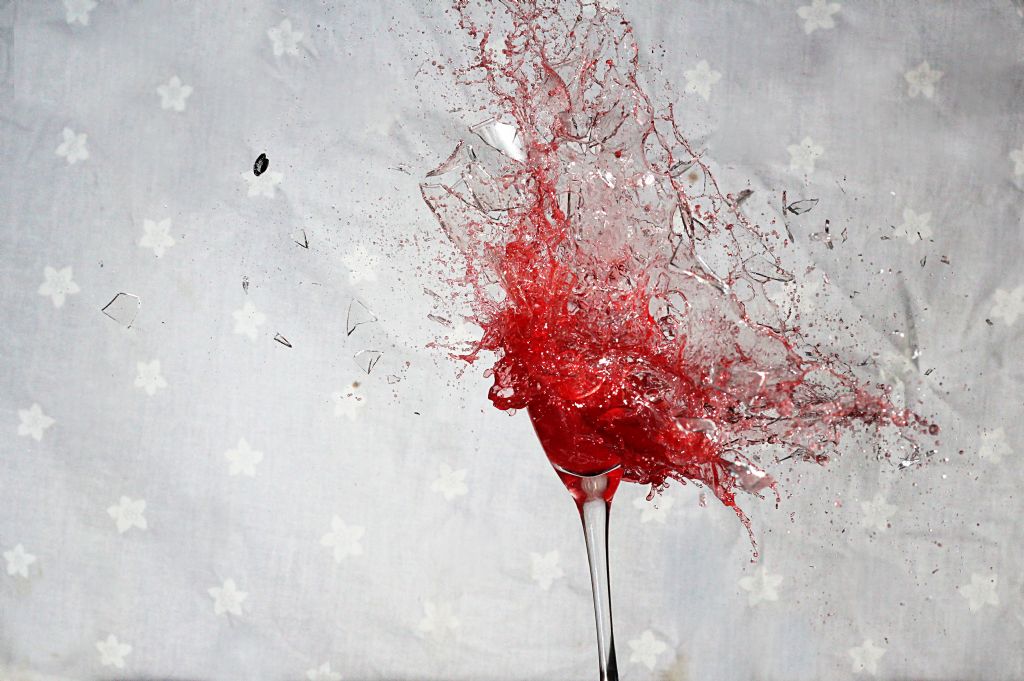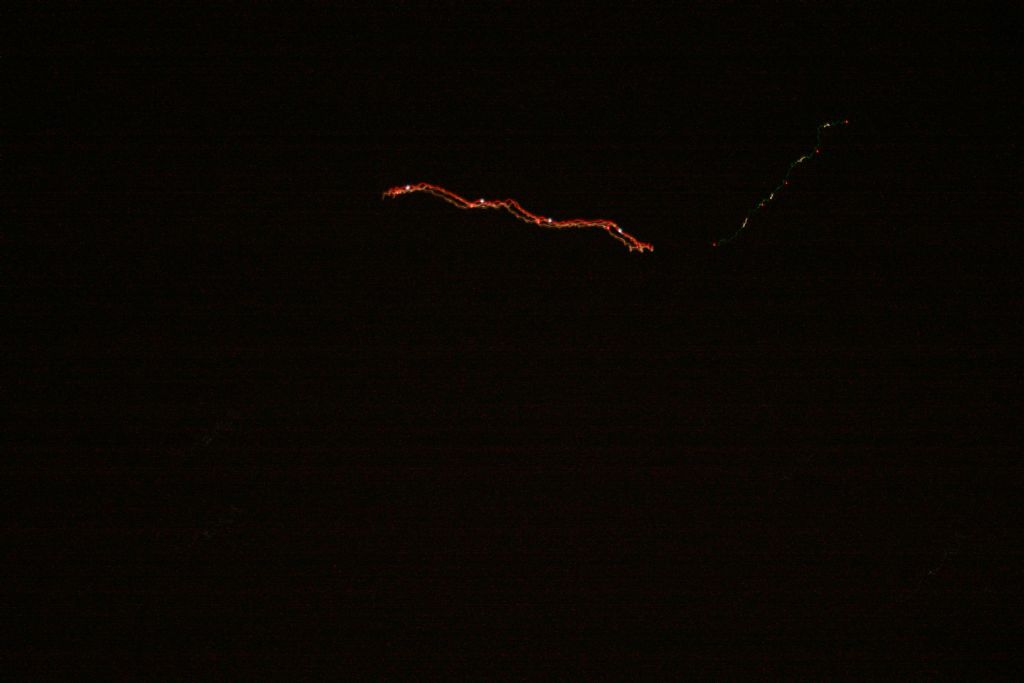To capture an image, the camera has to receive a certain amount of light. Too little or too much light are both bad.
The camera has three different ways of controlling the amount of light received when you press the button:
- By varying the speed of the shutter to control how long light will be allowed to enter the camera)
- By increasing or decreasing the aperture (a hole inside the lens assembly that can be varied in size to allow more or less light into the camera.) The aperture also effects depth of focus.
- The sensitivity of the light sensor can be increased and decreased. This is a trade off with noise. 'slow' settings like 50, or 100 need a lot of light for good quality. The 'fast' settings (400 and up) need much less light but the picture will be more or 'dotty'. With plenty of light available set slow for quality, in dim conditions it may be necessary to increase sensitivity to get any pictures at all.
For most purposes, a modern camera is clever enough to optimise and/or compromise all these settings to get a good picture. The first attempt at automation was 'P', Program, then a more sophisticated version (A – Automatic) appeared. Sometimes you can help the camera to get a better result by telling it what sort of photo you're going to take: the settings for 'Moon and Stars' (slow, dark) are very different to 'Skier' (fast, bright).
Most of the time for general purpose photography, Automatic and the Presets do a good job. But there are times when the photographer can do better. The M, Av, Tv settings allow you to override camera settings to get particular effects, for example:
- When taking a photo of a fast moving object, one usually wants to have the moving object in sharp focus against a blurred background. This is done by switching the camera into Tv mode and telling the shutter to open and close quickly. As this reduces the amount of light, the camera will open the aperture to get more and it may be necessary to increase sensitivity. There's no need for a tripod.
- When taking a photo of a static object like a model, it's best to have the whole picture in focus. This is done by setting the camera to Av mode and setting the aperture to a particular size. The smaller the aperture the sharper the image, but there is a limit depending on the lens. As closing the aperture reduces the light, the camera compensates by opening the shutter for longer. Sensitivity can be set low to improve quality. Because the picture will be blurred ff the camera wobbles, it's best to use a tripod.
- If you know what you're doing, there are a whole range of effects that can be achieved by deliberately overriding 'sensible' settings. This is the purpose of manual mode, which allows the photographer to alter any and all the camera settings, often for artistic or special reasons. One example, I sometimes take high-speed photographs like this example (airgun pellet hitting a wine glass):

You can't take photographs like this without taking control of the camera.
First the camera is manually focussed on the wine glass. Then, in M mode, the camera is set to high-sensitivity, the aperture set slightly wide, and the shutter speed set to 'B' (always open). The lights are turned off (pitch black) and the shutter triggered. The noise made by firing the air pistol sets off a flash set to minimum (flash brightness is often controlled by reducing the length of the flash, and we want a very short pulse of light). Then the shutter is closed and the lights turned back on.
For taking pictures of lightning, you probably want M mode, low sensitivity, and the 'B' shutter speed. With the camera manually focussed on infinity, point the camera in the direction of the storm and press and hold the shutter open until you see lightning, then release the shutter. May take a few attempts to get a good shot. A naturally dark location helps enormously.
Dave
Edited By SillyOldDuffer on 20/07/2017 10:14:20
SillyOldDuffer.






